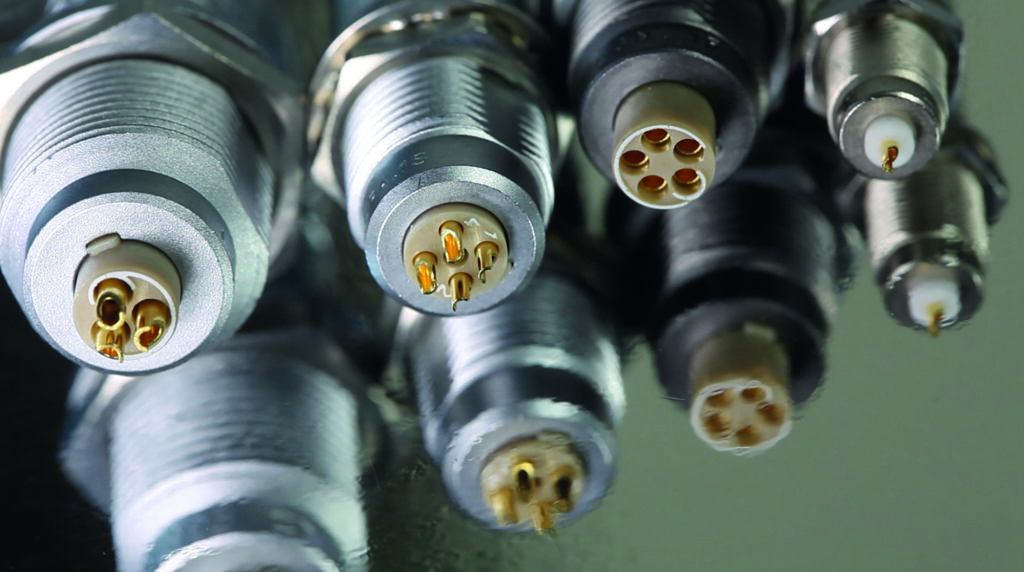 PEI-Genesis introduces readers to a connector’s individual components and the company’s quick turnaround, value-added connector assembly capabilities
PEI-Genesis introduces readers to a connector’s individual components and the company’s quick turnaround, value-added connector assembly capabilities
The chosen method of producing an electrical connector depends on the series and testing requirements. Inspections occur throughout each assembly stage to verify components are free of defects and ensure the connector meets its own specification requirements.
To break down the process of manufacturing connectors, it is best to separate them into their individual components: housing, inserts, contacts and assembly.
Housing: Depending on its material, the connector will either be formed from metal or plastic.
If the connector is plastic, typically it is created via injection moulding where plastic pellets are melted at high temperature and morphed into a particular shape before cooling and solidifying. If the connector is metal, it will either be die-cast or machined out of a base metal such as aluminium.
The connector is then sent to be plated. Plating involves covering the connector shell with a metal coating primarily to enhance electrical conductivity, protect from corrosion and guard against abrasion—all working together to ensure the final product is durable.
Insert: The centre of a connector comprises a non-conductive insert that separates the pins from the connector housing. For metal connectors, the insert is traditionally made from a rubber/silicone material that evenly separates the conductive contacts from electrical issues like creepage and clearance.
This isn’t such a concern when a connector is made from a non-conductive material like plastic, where the connector housing can be designed to be its own insert.
Contacts: Manufacturing contacts is similar to the connector housing; however, this time, they can only be produced from a conductive material. There are two main ways to produce contacts, CNC machining or stamping.
Assembly: The final stage of creating an electrical connector is assembly which is where PEI-Genesis excels.
By stocking all the connector housings, inserts and contacts required to produce a wide range of part number permutations, PEI offers quick turnaround, value-added connectors at a fraction of the lead-time compared with purchasing directly from the connector manufacturer.
With 75-years of connector experience and in-depth connector knowledge, the company’s quality assurance inspectors use a variety of tools and techniques to ensure connectors are manufactured to the correct specification.
